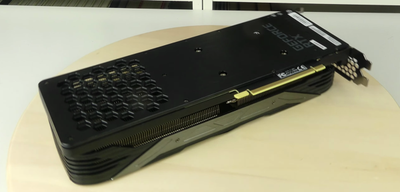
My experience with the PNY GeForce RTX 3070 8GB (XLR8 REVEL EPIC-X) (2024)
My thoughts on the PNY GeForce RTX 3070: architecture, gaming, creativity, cooling.
Introduction
I recently upgraded a gaming setup of mine with the PNY GeForce RTX. Below I'll get into its performance with popular games, content creation, cooling and thermals, and energy efficiency.
Some photos (click to enlarge)
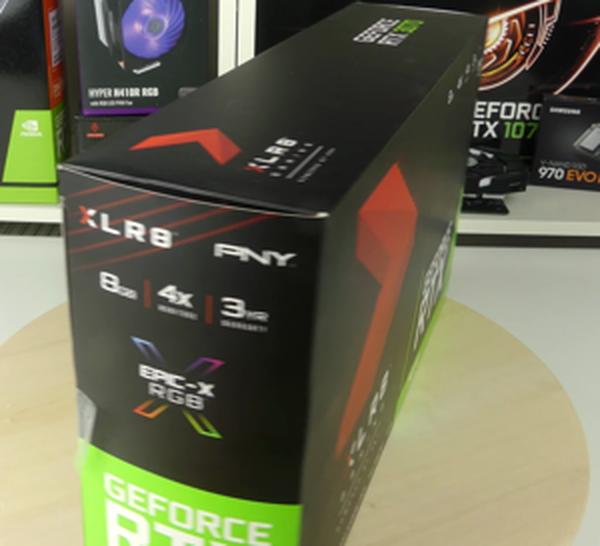

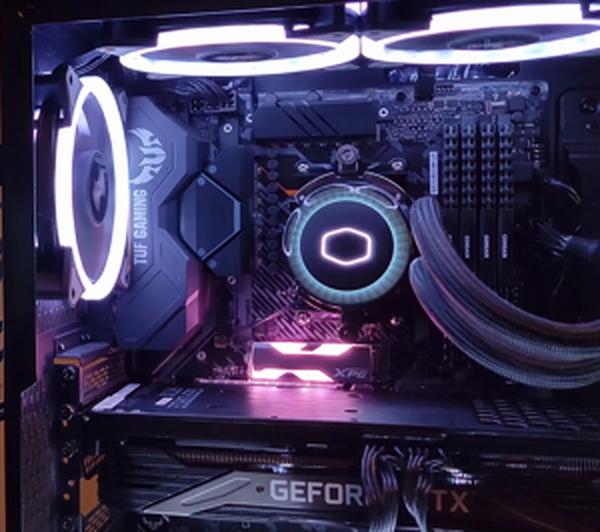
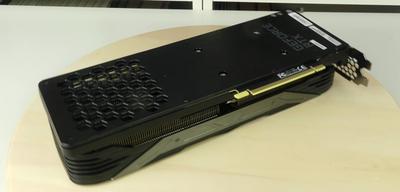
Specs of the PNY RTX 3070 8GB XLR8 REVEL
- Release Year
- Brand
- Graphics Coprocessor
- Graphics Ram Size
- Gpu Clock Speed
- Video Output Interface
Prices
Unleashing Ampere Architecture
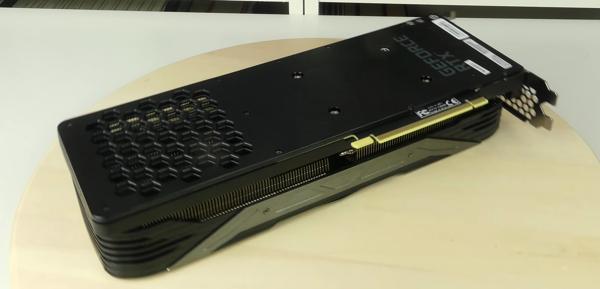
Navigating the cutting-edge advancements in gaming graphics, I've found that the Ampere architecture of my PNY GeForce RTX 3070 brings substantial improvements over the previous generation. Ampere's introduction wasn't just a step up; it was a leap forward in terms of raw performance, ray tracing capabilities, and AI-driven enhancements.
Here's a quick rundown of the features that caught my attention:
RT Cores and Tensor Cores: The upgraded cores make a noticeable difference in games with real-time ray tracing and AI features like DLSS.
Streaming Multiprocessors: The efficiency on these new processors means better performance and potentially lower energy consumption.
GDDR6 Memory: The 8GB of high-speed memory is ample for current games, though I'm keeping an eye on future titles that may demand more.
PCI Express 4.0 Interface: Ensures that I'm at the cutting edge of technology, with room for future upgrades.
Beyond the sheer specs, there's the NVIDIA GeForce Experience, a slick piece of software that keeps your drivers up to date and optimizes settings for individual games—a handy tool for both avid and casual gamers.
The Ampere architecture really shines when it comes to the immersive experience of ray-traced graphics. Games like Cyberpunk 2077 look stunning with the additional lighting and shadow detail. Add to this the magic of DLSS, which boosts frame rates without compromising image quality, and you start to wonder how you ever gamed without it.
That being said, the RTX 3070 isn't without its disadvantages. The 8GB of VRAM, while sufficient for now, has me slightly worried for future-proofing, as more demanding games are released every year. And the ray tracing, while groundbreaking, isn't perfect yet—I've noticed that it can be a heavy load on the GPU in games that extensively utilize it.
The competitive gaming scene isn't left out, either. NVIDIA Reflex technology has made my response times snappier, which can be the difference between winning or losing in fast-paced titles.
In a world of content creation, the RTX 3070 also packs a punch. NVIDIA Broadcast is an innovative solution for improving stream quality, allowing me to offer my audience the best possible audio and video without investing in expensive equipment right away.
In conclusion, my experience with the PNY GeForce RTX 3070 has been largely positive. Despite a few concerns about future-proofing and ray tracing performance in certain titles, the card's price-to-performance ratio hits a sweet spot for my gaming and content creation needs. The pros outweigh the cons, making the GeForce RTX 3070 a champion in its class.
Gaming Performance Benchmarks

As an avid gamer always on the lookout for the next upgrade, my eyes were set on the PNY GeForce RTX 3070. Touted for its Ampere architecture and ray-tracing capabilities, I was eager to see how it handled my extensive game library. To start, here's a quick rundown of what I observed:
Pros:
Outstanding 1440p performance
Ray tracing looks fantastic
DLSS technology boosts frame rates without sacrificing quality
Comparatively reasonable price point
Cons:
8GB VRAM can be limiting for certain new titles
Not the best option for 4K gaming
Ray tracing may lead to performance hits in certain games
At a core and boost clock speed of 1500MHz and 1725MHz respectively, this GPU brings much-needed horsepower to my system. With 8GB of GDDR6 memory and a hefty 5888 CUDA cores, it has carved through titles like Doom Eternal and Control with ease, maintaining frame rates well above 60 fps at 1440p with the settings cranked up. For multiplayer titles where every millisecond counts, NVIDIA Reflex technology really helps sharpen my competitive edge.
The addition of ray tracing adds an extra layer of immersion, but not without cost. In demanding scenes, I've noticed the frame rates can take a hit unless I tweak the settings or activate DLSS. NVIDIA's DLSS is a brilliant feature that counters this by maintaining image integrity while pushing the frames back up. It's not perfect, but it's a compromise I'm willing to accept for the right mix of performance and eye candy.
One caveat I've come across is the 8GB of VRAM. It's plenty for most current games, but as we move forward, it's becoming clear that future titles will demand more. I've had moments in Resident Evil Village where I could sense the card straining under the weight of my settings preferences.
Despite that, the PNY GeForce RTX 3070 has proven to be an admirable workhorse, much more available than its elusive sibling, the RTX 3080. While the dream of 4K gaming at max settings may be just out of reach, for someone upgrading from previous generations or less powerful cards, the difference is night and day.
At the end of the day, it boils down to expectations and use cases. For my 1440p gaming needs, the RTX 3070 hits the sweet spot, delivering a satisfying balance between cost and performance. Sure, I yearned for the might of a 3080, but I'm content with the solid performance that didn't break the bank, ensuring my gaming journey stays on a smooth and visually stunning path.
Content Creation and Streaming

In the midst of exploring the capabilities of the PNY GeForce RTX 3070, its performance in content creation and streaming stand out, especially considering the balance between price and functionality. Favorably, the GeForce RTX™ 30 Series GPUs with their AI acceleration are not just built for gaming but also for creators like me who dabble in video editing, 3D rendering, and live broadcasting.
AI-Powered Applications: With AI-acceleration, tasks in Adobe Premiere Pro and After Effects feel snappy. The potential reduction in rendering times is a significant boon, especially when working with 4K footage or complex After Effects compositions.
New Levels of Realism: For 3D artists, the enhanced Ray Tracing Cores translate to more realistic lighting and shadows in scenes, which is incredibly helpful for visualizing architectural designs or product mockups.
Smooth Livestreaming: The upgraded hardware encoding and decoding keep streams fluid, even when broadcasting demanding games or software tutorials in high resolution.
Creative Software Suite: The NVIDIA Studio platform provides optimized drivers and tools tailored for creators, which helps in maintaining a stable and efficient workflow.
However, while the RTX 3070 shines in many aspects, a couple of drawbacks need mentioning. The 8GB of GDDR6 memory is ample for most tasks but can be a limitation when working with extremely high-resolution textures or multitasking across multiple demanding applications. For those seeking to future-proof their setup, this might be a slight concern. Additionally, while the Tensor Cores are fantastic for AI tasks, their benefit for other creative applications isn't as prominent yet, but this could change as software continues to evolve and utilize AI more effectively.
I've noticed that the video editing has a new edge with DLSS, where I can preview effects without the usual lag. And the NVIDIA Broadcast app boosts my stream quality with features like virtual background and noise removal, giving my channel a more polished look, making interactions with my audience more engaging.
In my day-to-day use, the RTX 3070 feels like a powerhouse that's more than capable of keeping up with my varied demands from content creation and streaming. It's frustrating, though, knowing that some new games and software might edge near that vRAM cap, which is a reminder that technology always marches forward and what's sufficient now might not be enough in a few years. Despite that, I'm currently getting great value from this card, and I'm excited by how it'll help me push creative boundaries.
Thermal Performance and Efficiency

In terms of thermal performance and efficiency, the PNY GeForce RTX 3070 delivers commendably. During intense gaming sessions, I closely monitored my card's temperature and found:
Never exceeded 69 degrees Celsius under load
Low temperature maintenance even during extended use
Efficient heat dissipation through its cooling system
However, it's not perfect. The 8GB of GDDR6 memory might soon become a limiting factor for newer games that are demanding more VRAM, which is a point of concern for future-proofing this investment.
From my perspective, the thermal design of the card deserves praise. Its robust cooling solution keeps temperatures in check, allowing for consistent in-game performance without the distracting noise often associated with heavy fan use. There's a peace of mind that comes from knowing your GPU won't overheat, even when you're pushing its limits.
Yet, despite the many strengths of the card, efficiency can sometimes feel like a double-edged sword. While the RTX 3070's power consumption is relatively modest for its performance level, the aforementioned memory bottleneck could mean that larger, more complex game textures in the near future may lead to performance dips. It might force users to lower settings, impacting that visual fidelity we all crave.
Furthermore, although the card is brimming with features that enhance play, like ray tracing and AI-powered DLSS, these technologies are still maturing and can be demanding on resources. They may not run as smoothly on the 3070 as they would on its more powerful siblings in the RTX 30 Series, potentially leaving those who wish to experience the cutting edge of graphics a touch underwhelmed.
In conclusion, while the PNY GeForce RTX 3070 does display some areas needing improvement, it's a solid performer that strikes an impressive balance between heat management and energy efficiency. The potential future VRAM limitation is a drawback worth considering, but for now, this card provides an exceptional gaming experience while keeping its cool – quite literally. It may not be the absolute top of the line, but for my needs, the PNY GeForce RTX 3070 is a winner, providing I keep an eye on the evolving demands of the latest games.
Comments (0)
Share